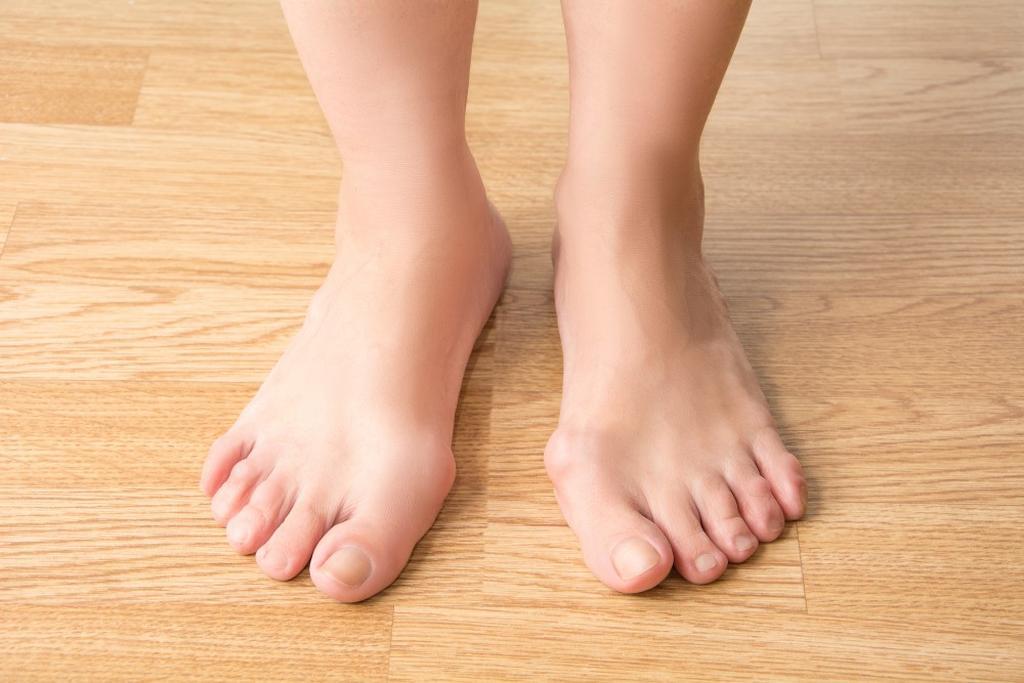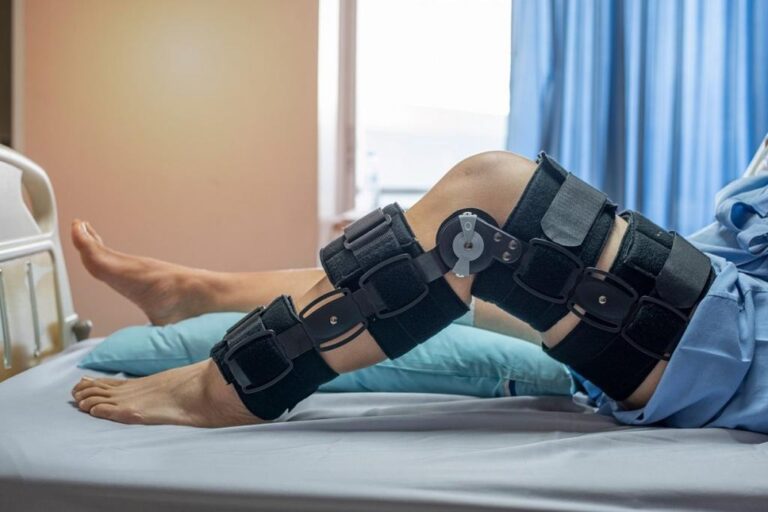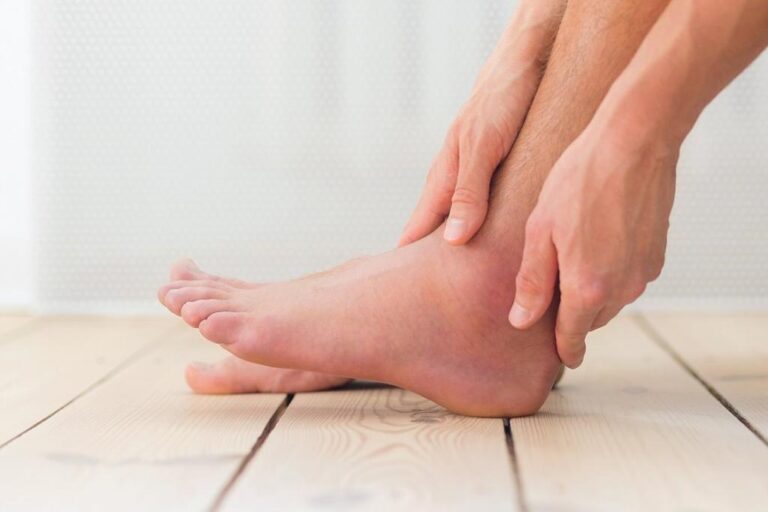Many people struggle with bunion pain, which tends to look like a bump on your foot. But, bunions are more than just a bump. They occur when the bones in your foot start to spread apart, which causes a change in the orientation of the bones in your foot. The big toe and the smaller toes start to grow in opposite directions. The big toe starts moving towards the smaller toes and the smaller toes start moving against the bigger toe.
Given the importance of our feet to daily life, the pain from bunions can cause major issues. Our feet are designed to support our entire bodies. When you have a bunion, you’re usually resting all your weight against the bunion. This causes serious pain. Not to mention, if you’re wearing unsupportive footwear, that pain can increase and make walking a nightmare.
You’re not alone in your quest to find permanent relief for your bunions. The talented surgeons at Texas Orthopaedic Associates, LLP are dedicated to your bone health and will work to ease your bunion pain.
When should you see a physician?
Bunions are not life-threatening and many people live with them and never seek treatment. However, if you have any of the following symptoms, you should definitely see a physician.
- If you have a clearly distinguishable bump on your big toe.
- If you can’t find shoes that fit properly due to the bunion.
- If you have difficulty moving your foot because of the bunion.
How can surgery treat your bunion?
As with any other disorder in your body, you have several options for treating your bunions. As always, you should consult with a qualified orthopedic surgeon to assess your options. Here are a few treatments they might recommend:
Non-surgical options
For mild bunions, there are several non-surgical options, which include:
- Pain medications to help manage the pain.
- Padding that you can get over-the-counter to help ease your pain.
- Shoe inserts that help alleviate the pressure by making sure any pressure you feel is distributed equally across your foot.
Surgical options
While all the non-surgical options might bring you some relief, surgery is the only option to permanently ease your pain. Of course, you have to consult with your orthopedic surgeon to determine which method is best for you. A few options include:
- Getting rid of the damaged tissue from the joints surrounding your big toe.
- Realigning some of the bones in your foot to correct the angle in your big toe.
- Removing part of the bone to straighten your big toe.
Do you have a bunion that’s causing significant pain or interfering with your daily activities? It’s time to contact Texas Orthopaedic Associates. We have several locations to accommodate your needs and you can schedule an appointment at the location closest to you. Visit our website to learn more! We look forward to serving you.













